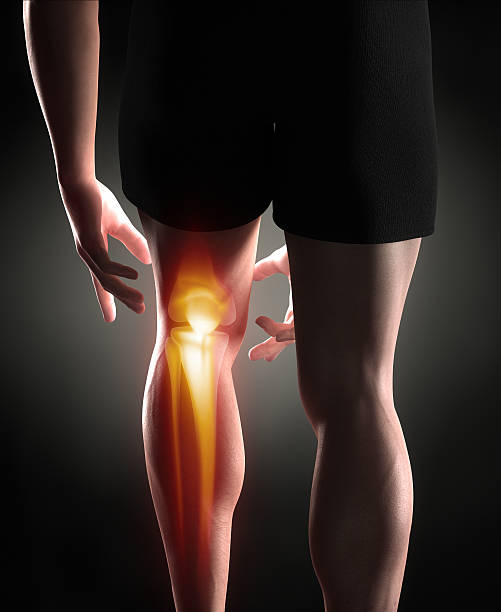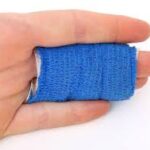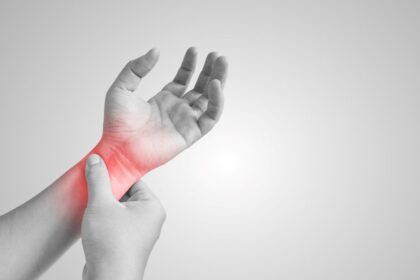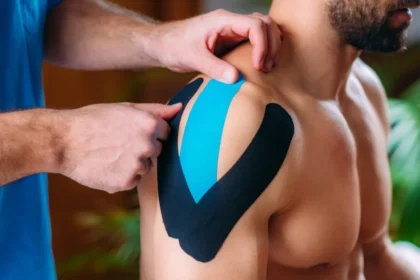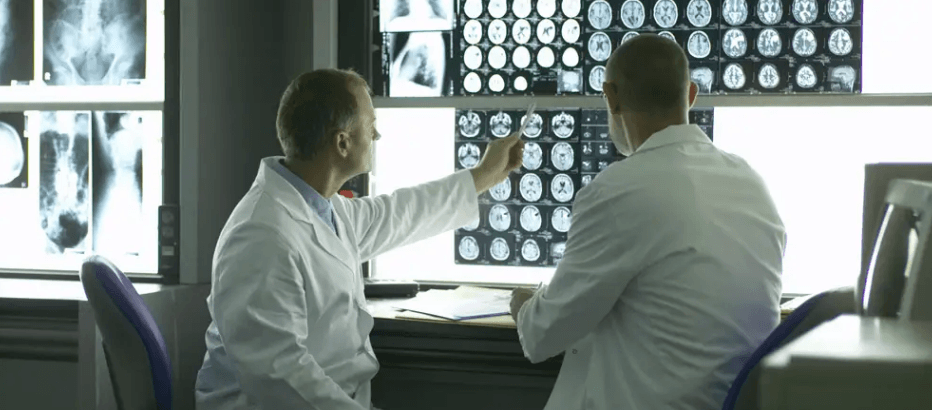Recent advances in joint care are reshaping how orthopedic providers diagnose and treat musculoskeletal conditions. As technology and clinical techniques evolve, the field of orthopedics is offering more targeted, minimally invasive options for patients experiencing joint pain or mobility issues. These developments are improving recovery times, supporting better outcomes, and expanding the range of patients who benefit from joint-preserving care. For those living with arthritis, joint instability, or previous injuries, understanding what today’s orthopedic care can offer makes a meaningful difference in treatment decisions.
Surgical Approaches
Many procedures that once required large incisions and extended hospital stays can now be performed through minimally invasive techniques. Small incisions, specialized instruments, and guided cameras allow surgeons to repair damaged tissue with less trauma to surrounding structures. This approach is commonly used in procedures involving the knees, hips, and shoulders. Patients often experience shorter recovery periods, reduced scarring, and fewer complications compared to traditional open surgery. In addition to treating active injuries, minimally invasive methods are also used in joint reconstruction and realignment procedures.
Advanced Imaging
Accurate diagnosis plays a critical role in the long-term management of joint health. Modern imaging tools—such as high-resolution MRI, CT scans, and 3D modeling—help orthopedic specialists visualize soft tissue and bone structures with precision. These tools allow for earlier identification of damage that might not appear on standard X-rays, including cartilage deterioration or subtle joint misalignment. Early diagnosis gives providers the ability to intervene before the condition progresses, offering more options to preserve joint function.
Biologic Treatments
One area gaining momentum in orthopedics is the use of biologic therapies. These include platelet-rich plasma (PRP) injections and stem cell treatments that aim to support the body’s natural healing process. PRP uses concentrated components from the patient’s own blood to promote tissue regeneration in tendons, ligaments, or cartilage. While research continues to explore the full scope of their effectiveness, many patients report reduced pain and improved movement after biologic interventions. These therapies are often used in combination with physical therapy or post-surgical recovery plans.
Robotic-Assisted Joint Surgery
Robotic-assisted surgery is expanding the precision of joint replacement procedures. Orthopedic surgeons use computer-guided robotic arms to enhance alignment and implant positioning, particularly in knee and hip replacements. The process begins with a detailed digital map of the joint, created from imaging data, which helps plan the surgery to match the patient’s unique anatomy. During the procedure, the robotic system assists in real-time adjustments, supporting more consistent results. Patients often report more natural joint function and improved range of motion after robotic-assisted procedures.
For younger or more active individuals, joint preservation techniques can offer alternatives to full replacement. Procedures such as cartilage restoration, osteotomy, and ligament reconstruction aim to repair or reinforce the natural joint rather than replace it. These methods may delay the need for joint replacement and help maintain a higher level of activity. Providers evaluate a range of factors—including joint stability, alignment, and overall condition—to determine whether preservation is the appropriate course of care.
Physical Therapy and Rehabilitation
Rehabilitation remains a key component of orthopedic care, even as techniques evolve. Providers often begin physical therapy as soon as possible after an injury or procedure to support strength, stability, and flexibility. Programs are tailored to the patient’s condition, surgery type, and activity goals. Incorporating therapeutic exercise, manual therapy, and movement retraining helps support a full return to function. Collaboration between orthopedic specialists and physical therapists provides a coordinated approach to long-term joint care.
Schedule an Orthopedics Consultation
Navigating joint pain or dysfunction involves more than just selecting a procedure. Patients are encouraged to discuss their options with a specialist who understands the full range of treatment pathways in orthopedics. Imaging, lifestyle factors, activity level, and personal goals all influence which strategy may lead to the best result. By staying informed about current techniques and advancements, individuals can approach their care with greater clarity and confidence in the process.



